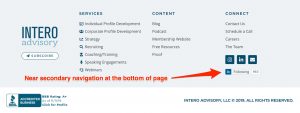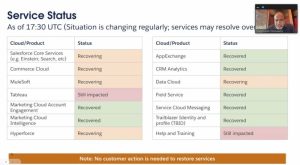Marketers hate figuring out effective pricing. It often seems challenging or obscure, and the risk of getting it wrong seems so high. After all, what you charge for your offerings ends up determining your revenue. Price too low, and you harm your revenue stream; price too high, and you drive potential customers away.
There are two major schools of thought about pricing: one that says you should price your offerings to match the willingness to pay of your potential customers and one that says you should price your offerings based on what it costs to produce and deliver them so that you achieve a chosen margin.
Many companies, notably those that manufacture products, use a cost-plus method to determine effective pricing. The motivation to earn a given margin is certainly a strong one, but this approach ignores market realities. The economics of any market show that potential customers are willing to pay based on a range of factors, from supply and demand to delivered value to competitive pricing.
That leaves value-based pricing as the more viable approach. But unless you have a team of econometricians at your disposal, it can be hard to determine the right price to extract enough, but not too much, value from the market and your customers.
The Three Steps to Effective Pricing
Here are three things to do to get your pricing right:
- Know the competitive landscape. You need to know who your competitors are and what they charge. But that’s not enough. Don’t forget that “competitor” means anyone―even if it’s the contractor paving the parking lot―competing for the same budget dollars you hope to get. Know what they charge. If you can’t find out from public information, ask your sales reps because their prospects are telling them. On top of that, figure out your competitive position. Are you a leader? A follower? A price-setter? A price-follower? A premium offering? A value alternative? Once you know that, you can set price compared to your competition.
- Know the history. What have customers paid in the past for your offering? Other similar offerings? You don’t have to deliver exactly the same as always, but unless you’re selling to the few truly innovative potential customers or are a completely new offering, you can only change price levels so much―but you can change them.
- Get your packaging right. What do your customers value most about your offering? Can you break out parts of your offering and price them separately? Can you add new pieces that will deliver additional value? Do you offer any services your customers especially value? Make sure your minimal offering delivers value but also make sure you add value where you can.
Once you know the answers to these three questions, you can choose your price level. When I do this, I always sit down and write a price list. That tells me what I have and what I’m missing. Once you feel you’ve documented everything you need, you can validate your thinking with a little market research (I usually just call five to ten potential customers and ask if it makes sense).
The last step is one where most marketers should feel comfortable: Test, test, and test again. Pay attention to how potential customers react. Are they balking? Or are they eagerly accepting your new pricing? Did you get your base product right, but your add-ons are too high? Make adjustments. Then keep making adjustments until you don’t see many more needed.
Marketers may hate or fear the idea of creating analytics for more effective pricing, but these three steps can help take the challenge and put it into a context that is much more familiar and easier to approach. And, I hope, make it less scary.
Business & Finance Articles on Business 2 Community(17)
Report Post






